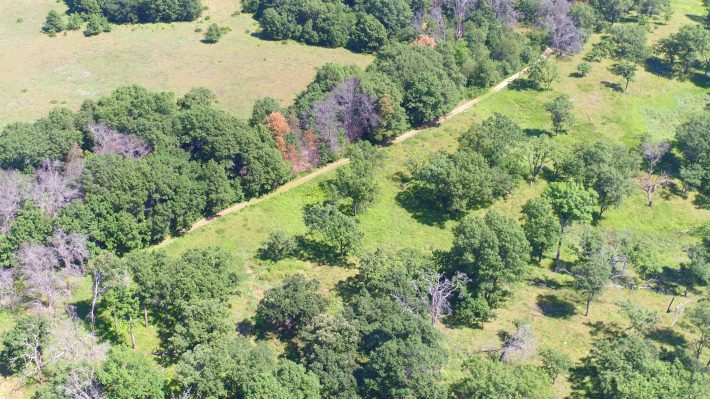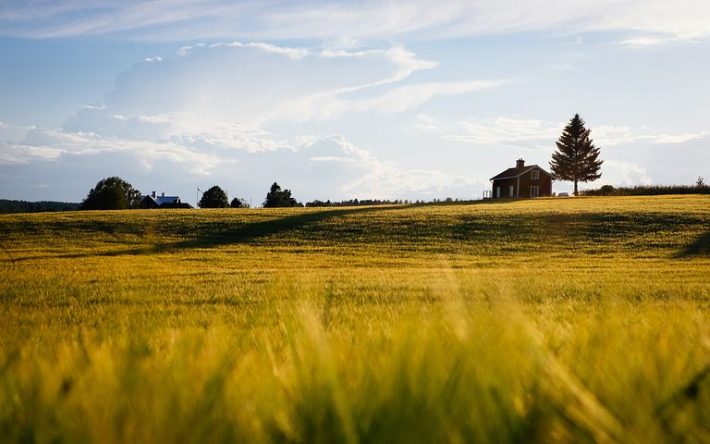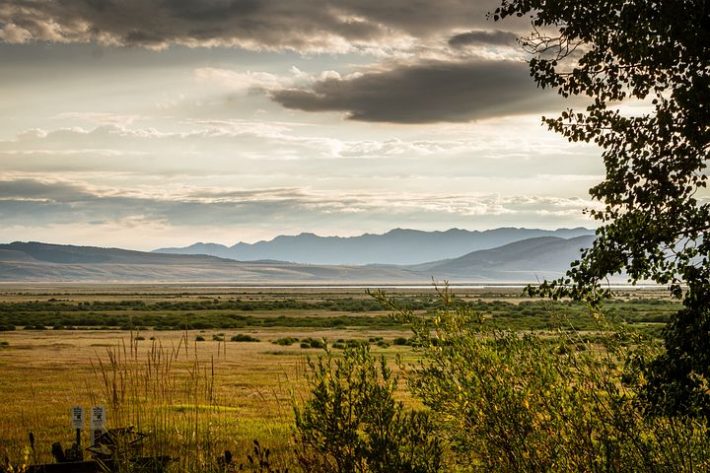Grassland restoration tactics explored to aid biodiversity
German Centre for Integrative Biodiversity Research (iDiv) Press Release
A new study, conducted by the German Centre for Integrative Biodiversity Research, examines the recovery process of grasslands previously used for agriculture in order to explore how we can aid biodiversity restoration.

Researchers from the German Centre for Integrative Biodiversity Research (iDiv) have conducted a new study published in the British Ecological Society Journal of Ecology, shedding light on the recovery process of former grassland agricultural sites and examining specific interventions to help biodiversity recovery.
Agriculture is a major disturbance for ecological systems and the transformation of natural habitats into agricultural areas is the biggest driver of biodiversity loss worldwide. The recovery of former agricultural land can take an exceedingly long time and is often incomplete.
In line with target two of the Global Biodiversity Framework of the UN Convention on Biodiversity, at least 30 percent of areas with degraded ecosystems should be under effective restoration by 2030.
To discover more about the recovery process, researchers measured the recovery of biodiversity and species composition in 17 temperate grasslands in Minnesota (United States). These grasslands were ploughed for agricultural use, but abandoned between 1927-2015.

The researchers compared these sites to ones that were never ploughed, which acted as a reference for what natural systems could look like if left undisturbed.
First author, Dr Emma Ladouceur explained: “We wanted to know how fast grasslands could regain their biodiversity if left to recover. Understanding this can give us insights into how we can speed up restoration.”
The researchers found that even after 80 years the abandoned fields had not recovered on their own. On average, they contained only 65 percent of the amount of species found in sites that were never ploughed. The variety of plant species did not recover either.
In the first part of recovery, the abandoned fields were colonised by species that were unique to old field sites (mostly disturbance-tolerant plants.) But across the whole study the abandoned fields produced mostly grasses and weeds, compared to the 63 species unique to the never ploughed sites.
“Our results can provide useful outcomes for understanding restoration outcomes”
In their study, the researchers focused on the recovery of the old fields without using any active restoration efforts. Now with the help of their discovered information, new restoration efforts can be designed to help ecosystems recover better.
The paper’s co-author, Dr Stan Harpole said “By examining the recovery of species at different scales, we get a better idea of which species should be targeted in restoration treatment, and how we can help them recover better.”
Specific restoration measures could include the planting of species that are not that are not part of the composition of recovering fields, combined with the management of non-native species to reduce competition.

The study shows that using valuable and rare data can lead to practical outcomes directly relevant to policy. Senior author Dr Jonathan Chase elaborated, “For example, our results can provide useful context for understanding restoration outcomes and targets as part of international forums such as COP15.”
Read the full article here, free for a limited time:
Ladouceur, Emma; Forest, Isbell; Clark, Adam; Harpole, W. Stanley; Reich, Peter; Tilman, David; Chase, Jonathan (2022); The recovery of plant community composition following passive restoration across spatial scales. Journal of Ecology, DOI: 10.1111/1365-2745.14063
Like what we stand for?
Support our mission and help develop the next generation of ecologists by donating to the British Ecological Society.